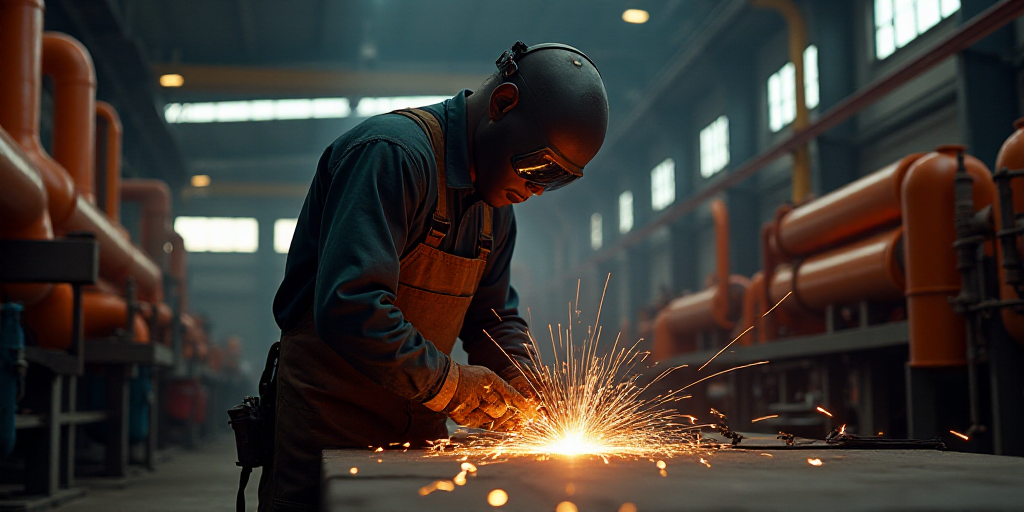Background and Relevance of the Steel Industry in the UK
The United Kingdom’s steel industry has been facing challenges due to high energy costs and competition from cheaper Chinese imports. The UK exports approximately 200,000 metric tonnes of steel annually to the United States, valued at over £400 million (approximately $532 million). This industry is crucial for the UK economy, and any disruptions can have significant consequences.
Trump’s Trade Deal Conditions and Their Impact
In a recent trade agreement announcement between the United States and the United Kingdom, President Donald Trump and Prime Minister Keir Starmer discussed reducing tariffs on UK steel imports. However, this offer comes with conditions that the UK must meet regarding supply chain security and “the nature of ownership of relevant production facilities.”
These conditions have raised concerns about the Chinese ownership of British Steel, which was taken over by the China-based Jingye Group last month to prevent the closure of two blast furnaces. Despite this, British Steel remains under Chinese ownership and continues to face financial difficulties.
Key Conditions and Uncertainties
- Tariff Reduction: The US has offered reduced tariffs on UK steel imports once the UK meets unspecified conditions related to supply chain security and ownership of production facilities.
- Unclear Consequences: The size of the import quota and its implementation timeline remain unknown, adding to the uncertainty surrounding this trade deal.
- Chinese Influence Challenge: Trump’s negotiations may aim to challenge China’s economic influence by imposing conditions on other countries, in this case, the UK steel industry.
UK Steel Industry’s Current State and Future Prospects
The UK steel industry has been struggling before the tariffs due to high energy costs and competition from cheaper Chinese imports. The UK government has considered nationlizing British Steel as a short-term solution, although their preference is to find a private partner for co-investment.
Prime Minister Starmer’s government has been reluctant to act due to the high cost of nationlizing British Steel. The company reported daily losses of £700,000 while operating its blast furnaces and had a pre-tax loss of £231 million in 2023 (approximately $307.33 million). Additionally, British Steel owed £735 million (approximately $977.87 million) in debts.
Trade Agreement Details and Implications
The trade agreement also aims to reduce tariffs on automobiles but will maintain a basic 10% duty on UK products. In return, the UK will open its markets to US beef and agricultural products.
Key Questions and Answers
- What are the conditions set by the US for tariff reduction on UK steel? The US has outlined conditions related to supply chain security and the nature of ownership of relevant production facilities in the UK.
- How will these conditions impact the Chinese ownership of British Steel? These conditions raise concerns about the continued Chinese influence on the UK steel industry, as British Steel remains under Chinese ownership despite recent takeover attempts.
- What are the future prospects for the UK steel industry? The UK government is considering nationlizing British Steel as a short-term solution, while seeking a private partner for co-investment in the long term.
- What other sectors are affected by this trade agreement? Besides steel, the agreement also impacts the automotive and agricultural sectors by reducing tariffs on US beef and automobiles while opening the UK market to US agricultural products.






